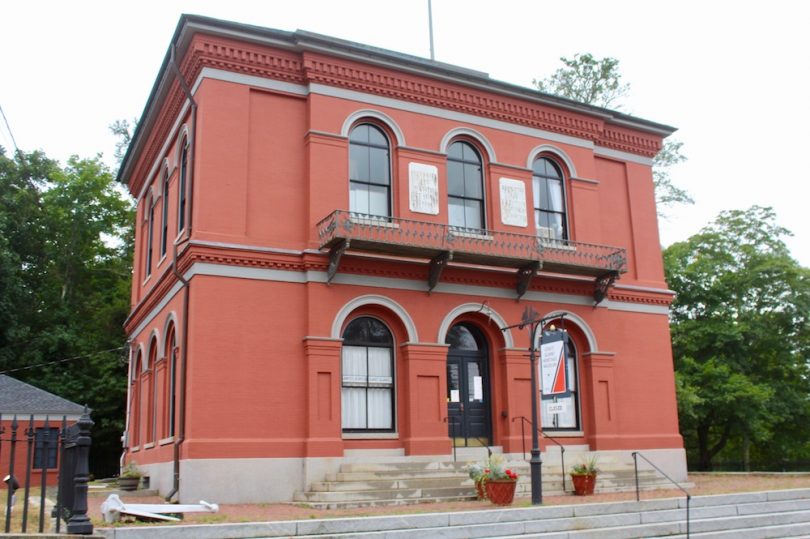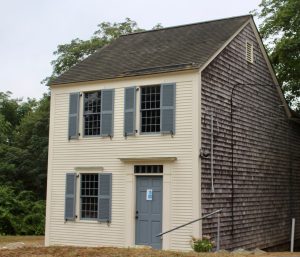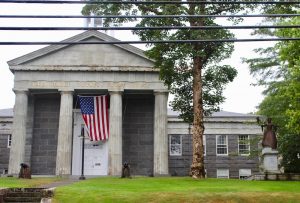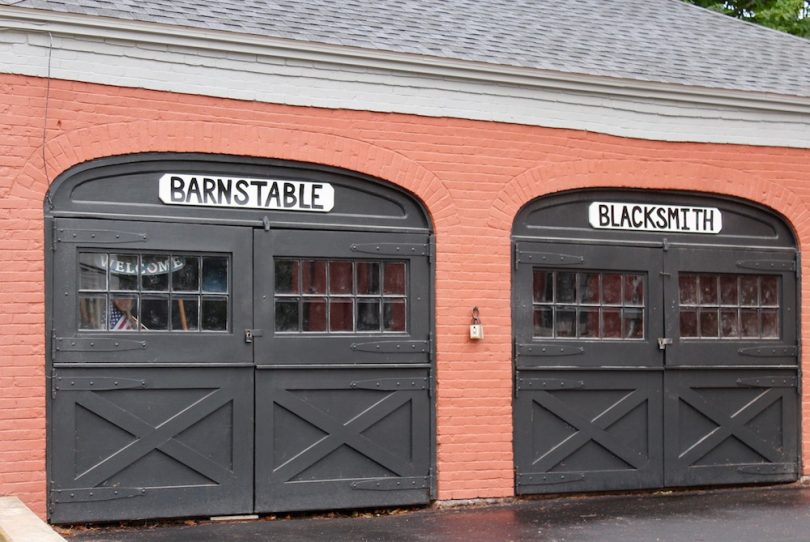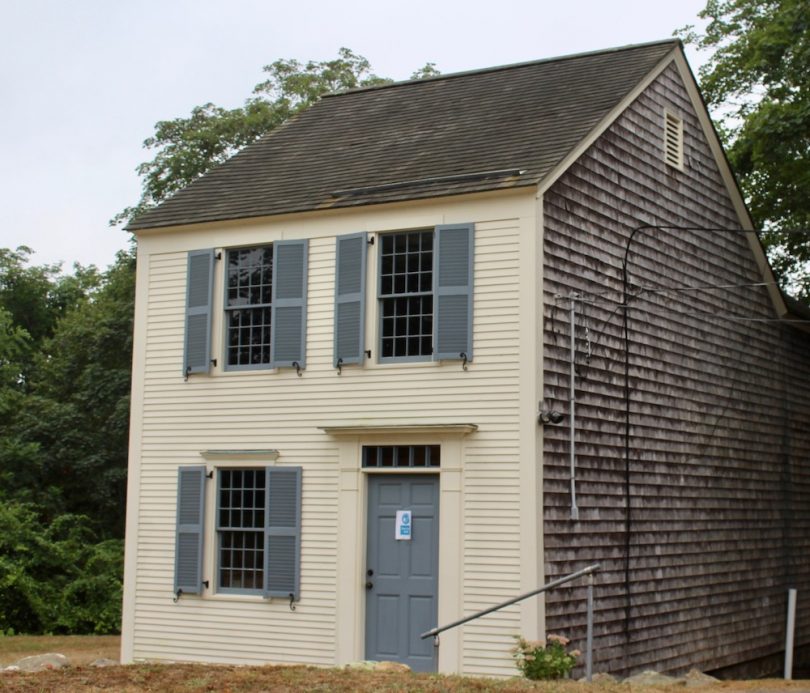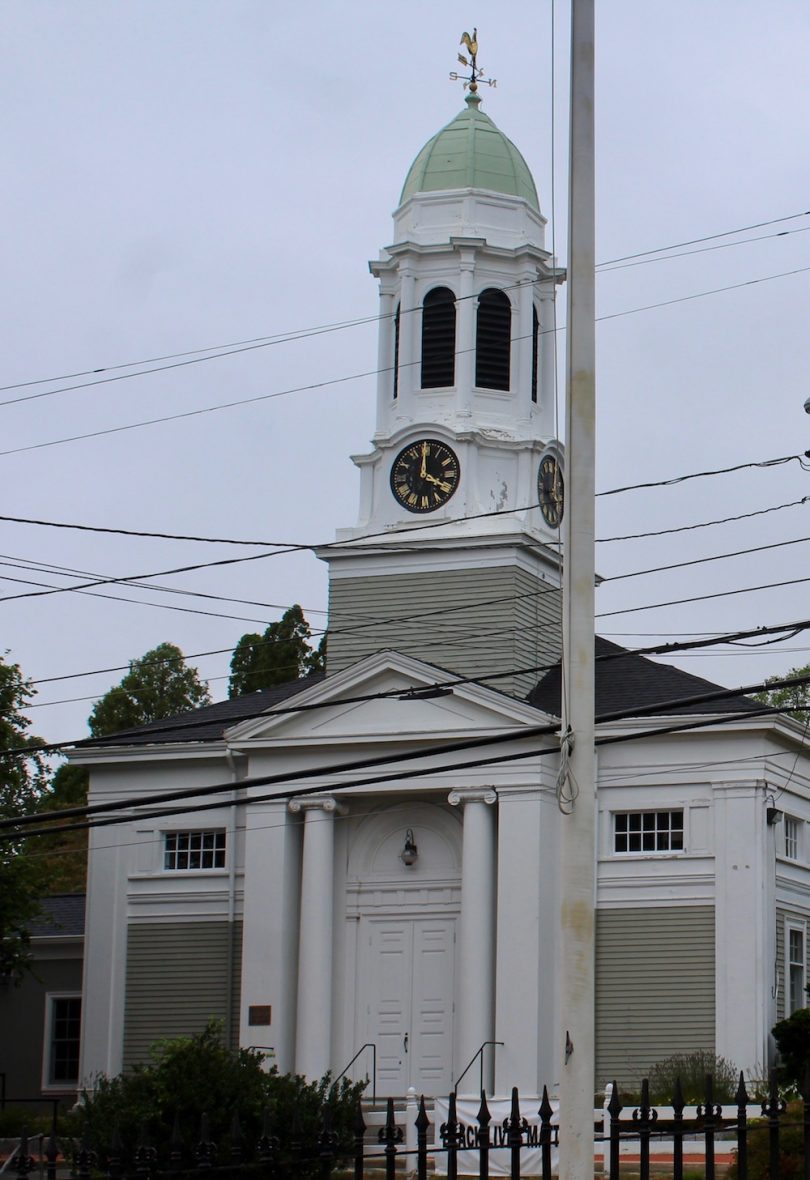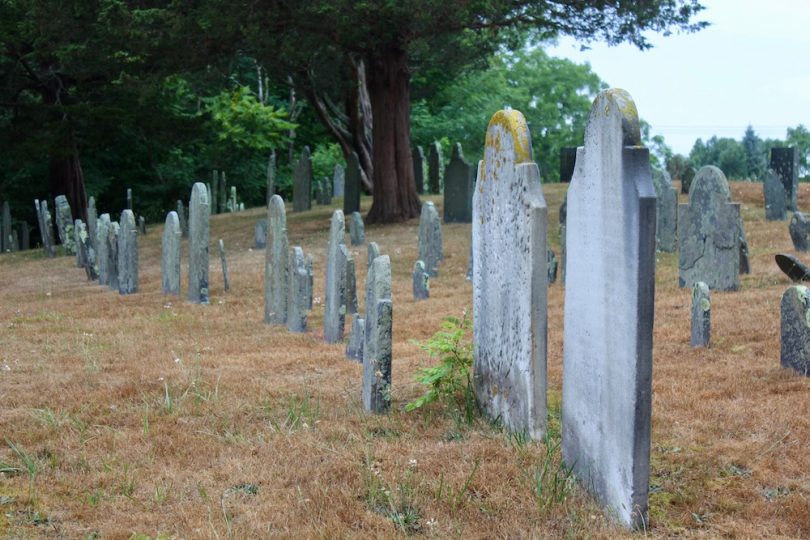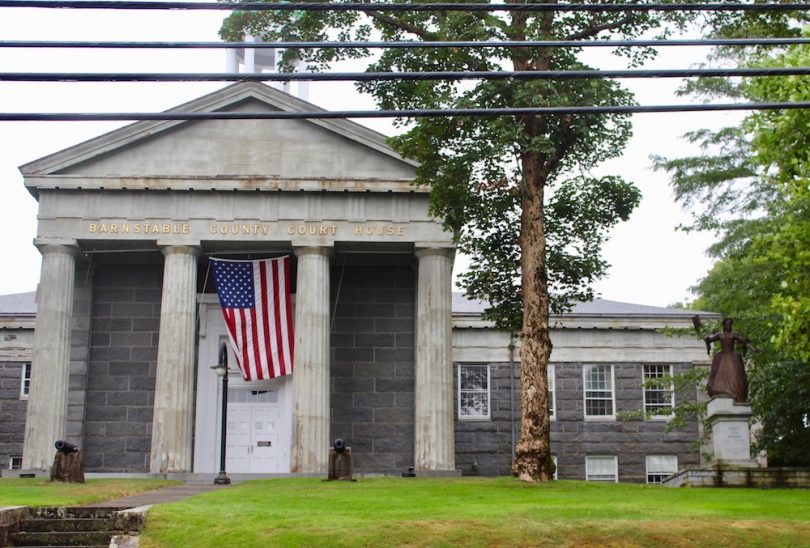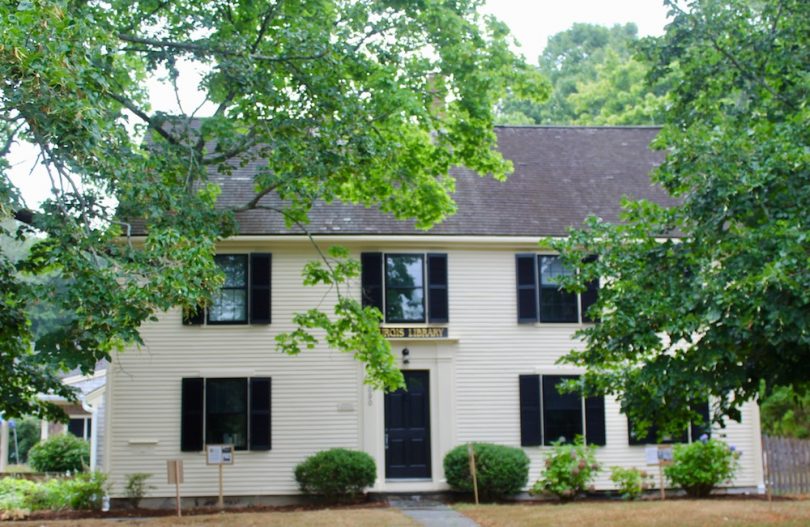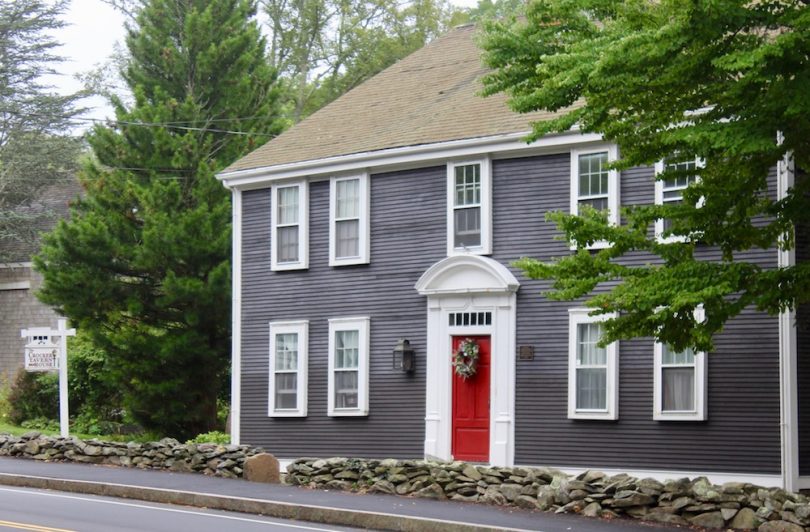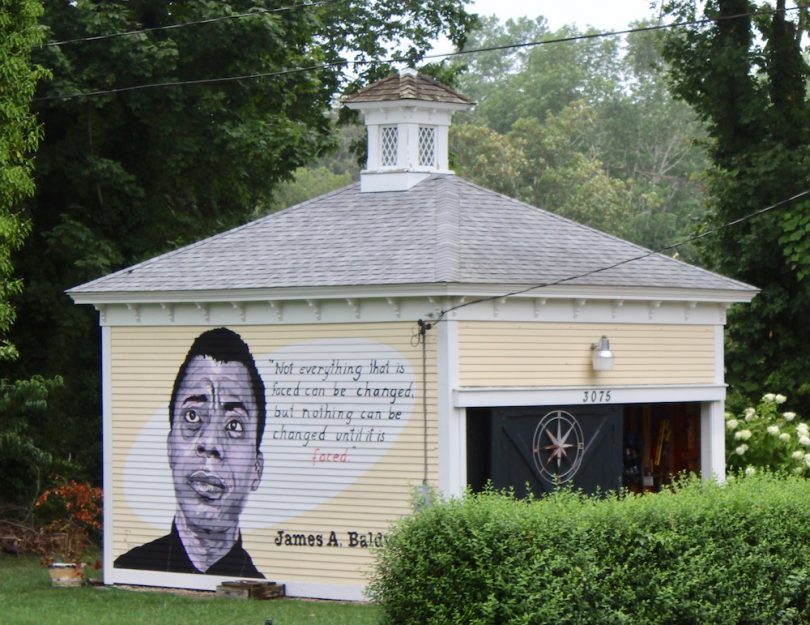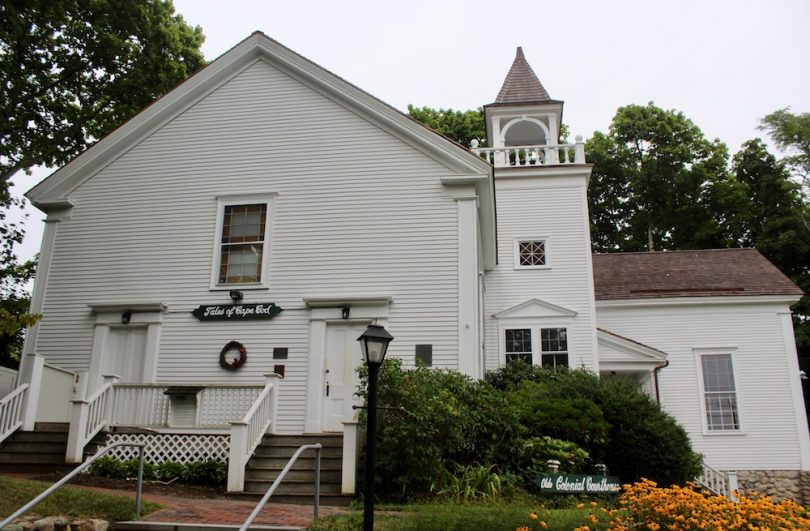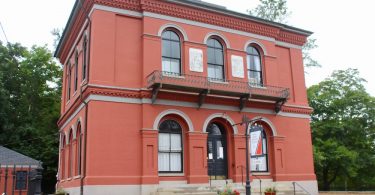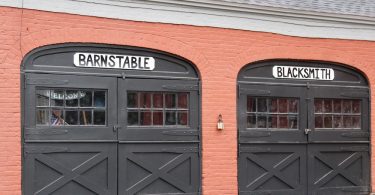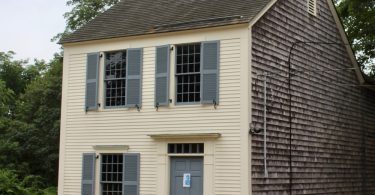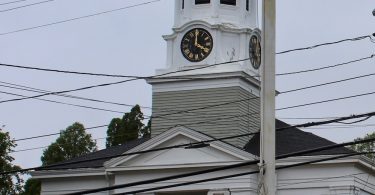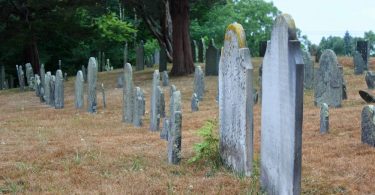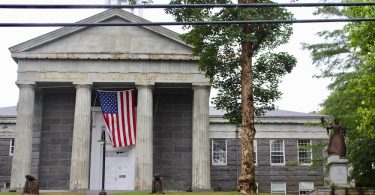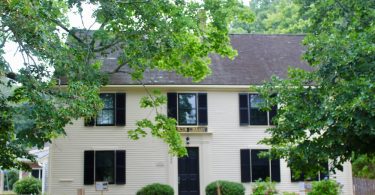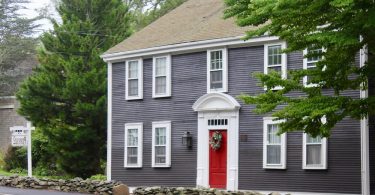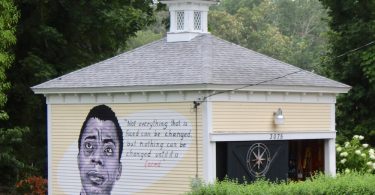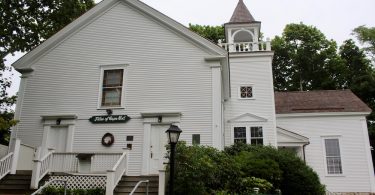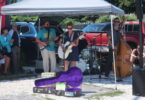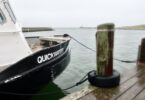BARNSTABLE VILLAGE – A less than one mile stretch along the Old King’s Highway (Route 6A) in Barnstable Village contains some important historic buildings in early American history.
In this election year, remembering our forbearers by examining their buildings may offer some perspective.
Starting just east of the intersection of Route 6A and Phinney’s Lane, the handsome old Customshouse building, a town-owned structure now used as the Coast Guard Heritage Museum, gives a sense of what was the center of village life, and commerce, in the mid 19th century. The handsome brick building, built in 1856, served as a Post Office (relevant to today’s headlines) on the first floor until 1958. The customs collector, located on the second floor, levied the taxes for the ships arriving and departing from the nearby port in Barnstable Harbor, which was, in the 19th century, one of the busiest harbors in Massachusetts.
Built in a late Italianate style, the Customshouse building in an area known as Cobb’s Hill was Cape Cod’s first fireproof structure.
The carriage house in the rear now houses a working blacksmith shop, offering demonstrations of this 19th century occupation that has now passed into the history books.
Also behind the Customshouse is the Old Gaol, a colonial structure built by order of Plymouth and Massachusetts Bay Colony courts. Dating from 1690, it is the oldest surviving wooden jail in the US. It held six prisoners and served as the Barnstable County jail until 1820 when a stone jail was built.
The Old Gaol has a historic connection to the famous Whydah pirate ship, captained by Samuel “Black Sam” Bellamy. The Whydah wrecked off the coast of Cape Cod in 1717 and was found off the coast of Wellfleet in 1984. Items found from the ship are displayed in a museum in nearby Yarmouth. The Old Gaol was said to have held Goody Hallett, who legend has it, was Black Sam’s mistress, and two survivors of the Whydah shipwreck.
Across the street from the Customshouse is the Unitarian Church of Barnstable, a relatively “new” church by Cape Cod standards, built in 1907. But this Unitarian Universalist congregation dates to the same year the Town of Barnstable was founded: 1639.
Next to the church is the Cobb’s Hill Cemetery with gravestones dating back to before the Revolutionary War era 1715 to 1759.
Moving west down the Old King’s Highway into the center of Barnstable Village is the impressive Barnstable Superior Courthouse, a Greek Revival structure built in 1831. Constructed of Quincy granite, with its four thick doric columns (made of wood made to look like stone), it resembles a Greek temple. Bronze sculptures of two heroes of the Revolutionary period, James Otis Jr. and his sister, Mercy Otis Warren, stand nearby. Osterville sculptor David Lewis designed and fabricated both statues.
Continuing east, Sturgis Library on the north side of the street is the oldest building that houses a public library in America. The original building dates to 1644 and served as the house of the Reverend John Lothrop, who was one of the first settlers of the Town of Barnstable. Rev. Lothrop used the front of the house for worship, making this also the oldest structure still standing where religious services were regularly held. The library opened in 1867.
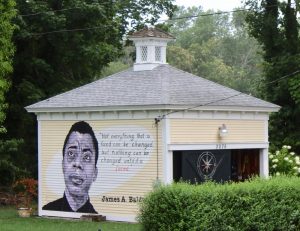
A new mural along the Old King’s Highway features a quote by late writer/activist James Baldwin. CAPE COD WAVE PHOTO
Forming an appropriate link from our history to issues of present times, from the front lawn of Sturgis Library is the perfect place to view a new mural across the road. The mural painted on the side of a carriage house depicts the late writer and activist James Baldwin and his quote: “Not everything that is faced can be changed, but nothing can be changed until it is faced.” The mural was painted this year in the wake of the #BlackLivesMatter movement by local artists Joe Diggs of Osterville and Jackie Reeves of Sandwich.
Old King’s Highway, which travels through seven Cape Cod towns, began as a trail used by Native Americans and then a cart path for farmers. It became a stagecoach route and a way for people to travel from one end of the Cape to the other in 18th and 19th centuries.
Several of buildings that served as stagecoach stops still exist and one is across the street from Sturgis Library: Crocker Tavern, dating to 1754. The tavern was said to be an important meeting place for early patriots. Henry David Thoreau wrote about journeying down the Old King’s Highway on his way to the Outer Cape in his classic “Cape Cod.”
Also across the street from the Sturgis Library, is the antique building housing the Barnstable Historical Society. The house was built in 1834 by Sylvanus Phinney, founder of the Barnstable Patriot newspaper. The Historical Society houses many artifacts pertaining to the history of the Town of Barnstable.
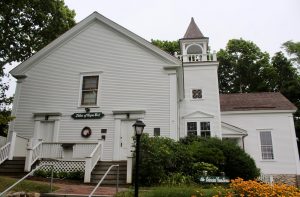
The Olde Colonial Courthouse, now used by the history-focused group, Tales of Cape Cod. CAPE COD WAVE PHOTO
A little further west down the Old King’s Highway is the Olde Colonial Courthouse, now used by the group, Tales of Cape Cod, as a venue for history lectures. The building is said to be the second courthouse constructed in Barnstable County. According to Tales of Cape Cod, which has undertaken research of the building, records indicate it was built between 1763 and 1774. It served as the Barnstable County Courthouse until the “new” one was built in 1834.
That’s almost 400 years of history in less than a mile–just down the road on old Cape Cod.
– Please like us on Facebook.
For more photos from across Cape Cod, please see Scenic Cape

